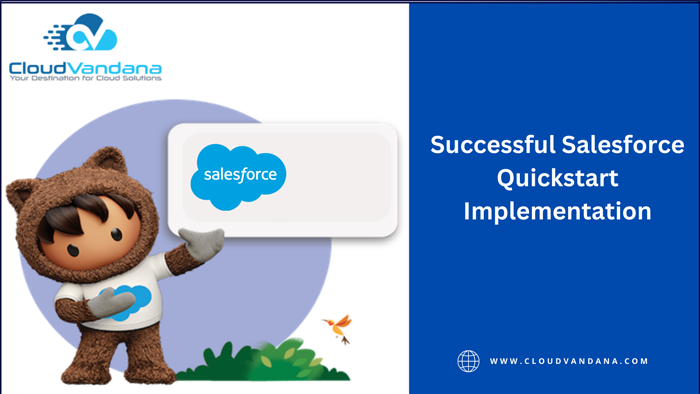Streamline your Salesforce Quickstart implementation process with our easy-to-follow steps and advice for a smooth transition to a successful Implementation.
Salesforce Quickstart Implementation
Are you looking to implement Salesforce quickly and efficiently? Quickstart Implementation is a great option for streamlining your Salesforce rollout, allowing you to get up and running with minimal setup and training. In this guide, we’ll cover the basics of Quickstart Implementation, as well as provide helpful tips on making the transition as seamless and successful as possible.
Analyze Your System Requirements
Analyzing your Salesforce system requirements is an important first step in the Quickstart Implementation process. Think about what customer and business data you’ll need to track, and consider current systems that could be incorporated into the rollout. Understanding your business objectives and processes will allow you to create a comprehensive plan for integrating and customizing to meet all of your needs.
Choose the Right Products for Your Needs
One of the most important decisions you’ll make during Quickstart Implementation is choosing the right products for your business. With so many Salesforce products available, it can be overwhelming to know which ones are best suited to your goals. Consider your budget, user preferences, and business and customer requirements when researching the different products that are available. Also, look into product customization options that could help create a cohesive platform tailored just for you.
Design and Integrate Data Migration Workflows
After you decide which products are right for your business, it’s time to design the data migration workflows. This means moving information from existing systems onto Salesforce and making sure that all the necessary components are in place so that everything works together as soon as deployment is finished. Use a pre-built workflow template or create a custom flowchart to make sure this step of the process goes quickly and easily.
Plan User Roles, Permissions, and Sharing Settings
Once data is migrated, it’s important to configure sharing settings and permission levels properly. Knowing what roles users will have in the system will help you decide who should see which records. Design in-depth user profiles to specify permissions like creating, editing, or deleting records and set up sharing rules based on user profiles and teams. This process step will ensure users have only the access they need and nothing more.
Prepare to Train End Users on the New System
After the Quickstart Implementation process is complete, Training your end-users can help them transition to the new system seamlessly. It’s important to provide clear, step-by-step instructions, which will help users better understand how to use the necessary features and keep tasks running smoothly. Make sure you’re familiar with any existing workflows before attempting to teach them so that you can demonstrate best practices for using Salesforce and encourage successful implementation.
Are you planning for a quickstart Salesforce implementation to enhance your workflow and increase the number of satisfied customers? Please contact the experts of CloudVandana, your trusted Technology Partner in India, and get the best consultation for your organization. Share your requirements with us now.










